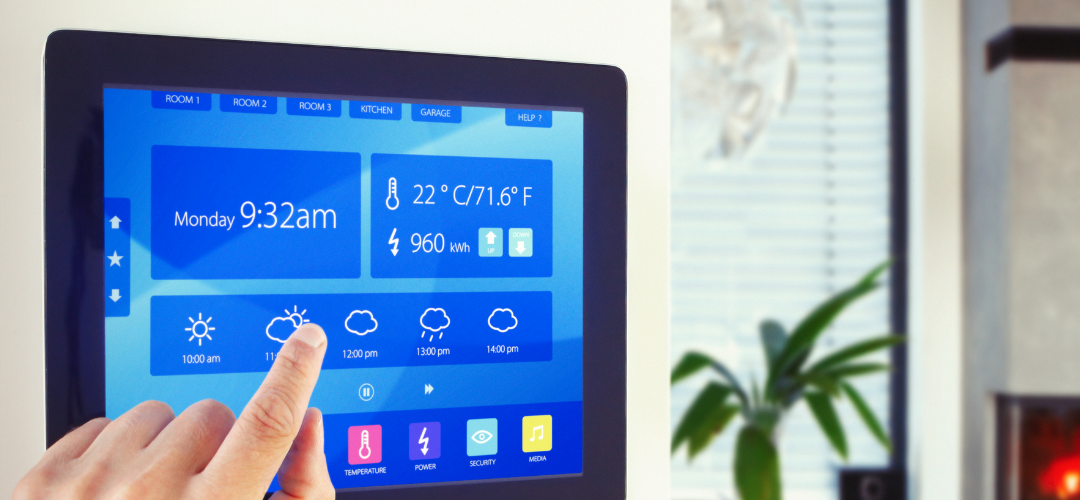How Do I Set Up Home Automation?

Building something requires an ample amount of time, effort, and money. Like for example, the Pyramid of Giza. It was not built in a single day. The construction needs manpower and materials to finish.
Automating our home is the same. It will cost us time, effort, and money as well. There are certain factors to consider and demands physical and mental preparation.
Most of us consider the idea of setting up an automation system for our home because of many reasons. But two primary reasons lead us to agree and say yes.
One reason is that we think that it will make our life more convenient and comfortable. The other one is because of its potential in energy saving which ensures deduction to our monthly energy bills. Saving up on heating and cooling the home can be a blessing. However, it’s always a smart move to first find out whether the current systems are compatible with home automation or they need to be updated/replaced. We can visit the website of any home heating & cooling service provider (or the system that we wish to automate) to understand more about the home’s systems.
In this article, we will gain vital information on the steps of proper home automation installation. We will also learn the importance of having this knowledge as we proceed on our home automation journey.
What Are the Things I Need to Consider First Before Setting Up a Home Automation System?
We should bear in mind the following things before we begin setting up our home automation system:
- How much will it cost me setting my home automation system?
- What are the materials I need to prepare beforehand?
- List of devices. What are the household devices that I want to automate?
- Which automation system is compatible with the selected household devices I want to automate?
- Do I have to look for something specific like flame retardent sensors and smoke detectors?
- When is the perfect time to set up my home automation system?
How Do I Setup Home Automation?
There are two specific methods of setting up a home automation system. We can choose any of them depending on our preferences and skills.
- Do–It–Yourself Installation. If we want to save money from additional expenses like paying for the installation fee, we can install ourselves. However, we should be equipped with adequate knowledge of how to do it correctly. Practicing trial and error will only lead to household device malfunction, and worse still, unexpected accidents.
- Professional Installation. This is done with the aid of experts similar to the ones at Crestron Home Automation who know their way around the installation process. Such providers can offer a wide range of smart home solutions and install them without much hassle.
What Are the Steps in Setting Up a Home Automation System?
Step 1. Connect to a power source. There are many possible ways to do it. We can use an adapter for better connectivity. Built-in batteries are helpful too.
Step 2. Link to an Internet. We can link the hubs to an Internet router using an Ethernet cable but utilizing wireless routers provided with a password is more of a pick nowadays. Moreover, we may have to analyse our internet speed since a wireless automation system may require more stable internet. We can get new broadband (find out here) with high internet speed and supports multiple users.
Step 3. Download the software application. Freshly introduced systems are accessible with the use of mobile phones aided by a free application but some are required to be set up to a computer using a downloadable program.
Step 4. Secure a personal account. The software application or program will initiate the user to secure an account just by following an easy setup procedure. Securing an account may include formulating a password for protection.
Step 5. Add household devices. We will then be able to add our household devices to the hub through simple on-screen prompts.
Step 6. Customize the settings. Here, we can set triggers and schedules for every household device. We can manage the specific tasks that we want them to perform in line with our preferred time and setting.
Step 7. Set warnings or alerts. Warning notifications can be sent through text messages or email; the sensors detect particular incidents.
What Are the Benefits That Can Be Derived from Following These Steps?
- It prevents confusion. Following the step by the step procedure will ensure that we are doing the installation the right way.
- It leaves no room for mistakes and possible disruptions.
- Knowing what to do will also prevent unnecessary accidents and device malfunction.
- It saves time and effort. We can efficiently finish the job, and we don’t need to put in too much effort.
- We will be equipped with a first-hand overview of what are the things to prepare and avoid.
Conclusion:
Equipped with adequate knowledge on setting up home automation helps us stay on the right path of our home automation journey. Knowing the process well guarantees a satisfying result. Setting up our home automation system will not be that complicated to handle.



